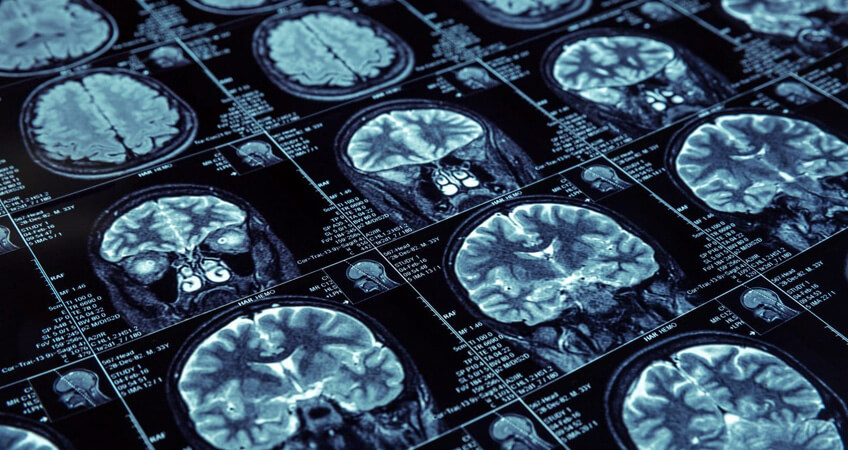Addiction is regarded as a disorder that is characterized by compulsive drug seeking and uses and involves physical changes to the brain’s functioning involved in the reward system, stress response, and ability for self-control. Just like heart disease, addiction can be thought of as a disease of the brain, in its disruption of the normal, healthy functioning of a body organ. The effects are known to be harmful to both individuals and communities and ideally, would be avoided and where required, treated. Left untreated, it could result in death.
Reasons why people take drugs
There are a number of reasons as to why people take drugs. Some people take them to feel good since they produce feelings of pleasure by hijacking the brain’s natural reward system. When using stimulants, the high is sometimes followed by a feeling of confidence, power, and energy. Other people take drugs to feel better, especially if they are suffering from social anxiety or stress. Some people feel the need to improve their performance in sports or schoolwork and end up using prescription stimulants like Adderall. Other people may feel the need to take drugs due to peer pressure. As a means to try and impress their friends or show independence from their parents, teens are highly likely to experiment with drugs.
Risk factors vs protective factors
The likelihood of developing an addiction differs from one person to the next. There is no one factor that determines the risk of addiction, however, the more risk factors involved, the higher the chances that one’s experimental drug use will lead to addiction. Conversely, the number of protective factors in one’s life help reduce the risk of addiction. Risk factors may include a lack of parental supervision, poor social skills, availability of drugs at school and aggressive behavior in childhood. Protective factors are good grades, positive relationships, a sense of purpose and high self-esteem.
Both risk and protective factors can be environmental or biological. The biological factors that can increase the risk of addiction can range from gender, ethnicity, genes and developmental stage. Environmental factors are those related to the neighborhood, family functioning or school performance. If parents or older siblings at home are using drugs, this can easily put the children or younger siblings at risk of having drug problems in the future. Friends and peers at school and in the neighborhood also have a strong influence on an individual in their teen years and may sway an abstinent teen to experiment with a substance for the first time.
When usage becomes addiction
When a person takes drugs for the first time, they tend to perceive more positive than negative effects. They also may believe they can exercise complete control over their usage. Unfortunately, left unchecked, drug use can easily and quickly take over a person’s life. If drug use persists, the activities that once seemed pleasurable become mundane. Now the individual may resort to taking drugs to feel “normal” or to taking larger amounts than originally intended to compensate for the body’s tolerance to the drug’s effects. At this stage, resisting the urge to take drugs becomes difficult and usually begins to cause problems between them and their loved ones. In some cases, even those taking drugs in moderate doses are exposed to the danger of addiction.
Understanding how the problem developed is often the first step, but don’t stop there, read on to learn how to help a loved one struggling with addiction.

